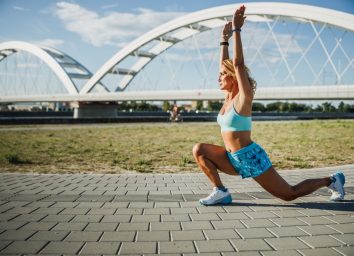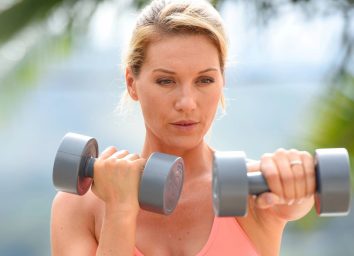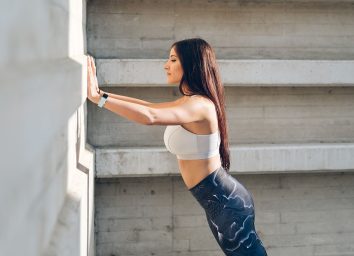How To Maintain Your Leg Strength as You Age—and Why It Matters
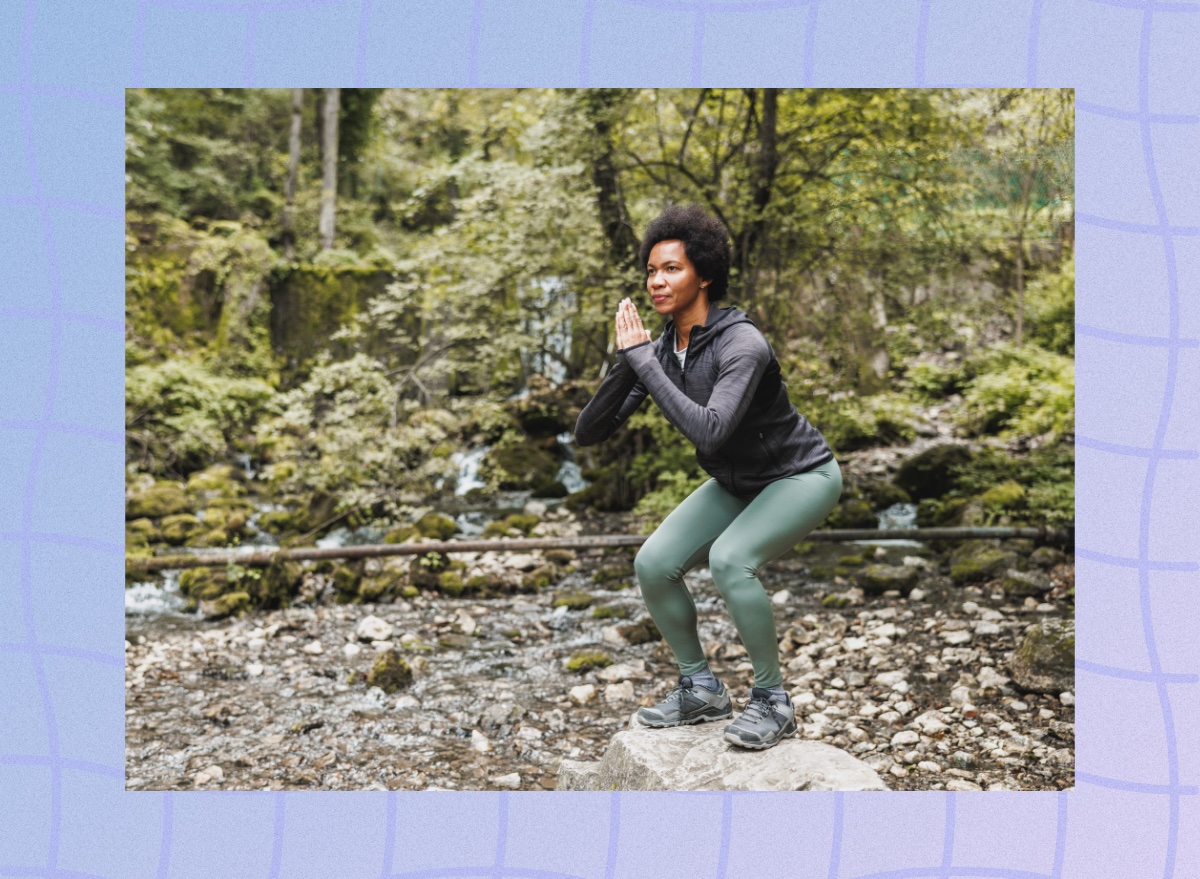
It’s important to show leg day some TLC, especially as you age. After all, your legs are necessary to help you stand up, walk around, maintain good posture, and boost your overall fitness. Without strong legs, your balance and mobility can be negatively impacted. That’s why we’re here to share how to maintain your leg strength as you age and why it matters. This way, you’re totally prepared and ready to ace your next workout session.
It’s not uncommon for older adults to develop sarcopenia, which is the natural loss of strength and muscle mass. Science suggests that being physically inactive, combined with not maintaining a nutritious diet, is a major contributor to this age-related disease. In fact, one study known as the Health, Aging, and Body Composition Study (Health ABC Study) observed more than 3,000 women and men between the ages of 70 and 79. The study reviewed many factors, including body strength, function, and composition. One crucial takeaway was the participants who revealed strong legs experienced fewer disabilities and early mortality.
Now that we have your attention, let’s dive into what an expert says about leg strength as you age.
Why Does Building and Maintaining Leg Strength as You Age Matter?
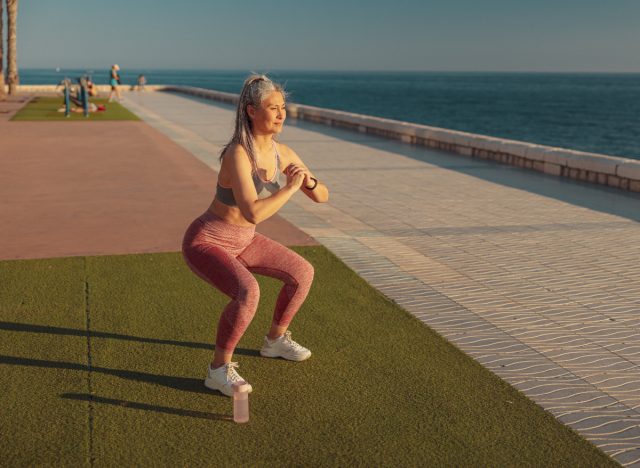
“Building and maintaining leg strength is important as [you] age because when [you] get older, your muscles atrophy (shrink) and your joints and bones become weaker,” explains Steve Stonehouse, NASM CPT, director of training and experience for Body Fit Training. “Weight-bearing exercise for the legs can help you build lean muscle, which will not only aid your metabolism and make you stronger, but it can help improve posture and strengthen your bones.”
By building up your bone, muscle, and joint strength, you’ll maintain your mobility well into your golden years and continue to lead the active lifestyle you love.
Tips To Maintain Leg Strength With Age
If an active life is the path you’d like to take, Stonehouse shares several key leg exercises to work into your regular workout routine.
1. Squats
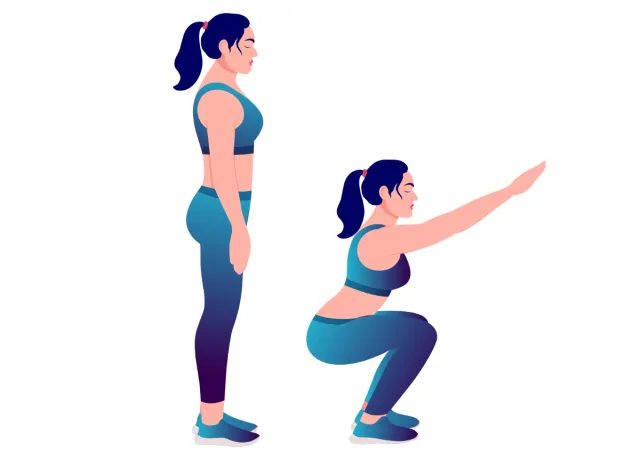
“Squats are a foundational move for building leg strength,” Stonehouse tells us. “You can add weight with dumbbells, a barbell, or a weighted vest to increase intensity. Squats are a fundamental exercise because they can help [you] build strength to effectively sit down and get up from chairs, bend over to pick things up, and beyond.”
- Begin standing tall with your heels placed under your hips or just outside hip-width.
- Press your hips back as you lower into a squat.
- Descend until your thighs are parallel to the floor.
- Press through both feet to rise back up.
2. Lunges
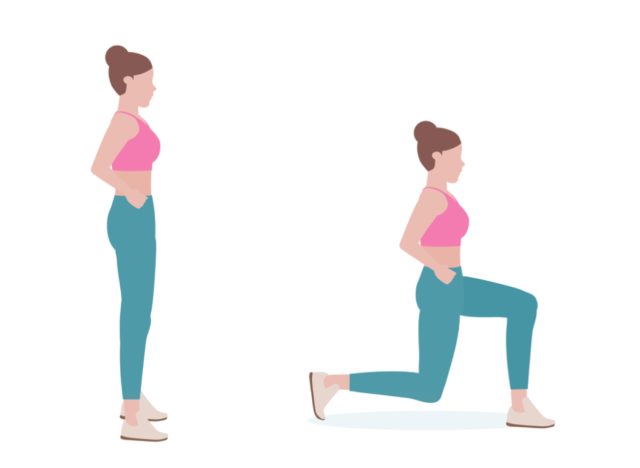
“Lunges are a great exercise for strengthening the glutes, [aiding] in good posture,” says Stonehouse.
- Begin standing tall.
- Take a big step back with one foot.
- Bend your knees to form 90-degree angles as you lower into a lunge.
- Repeat on the opposite side.
3. Walking or Jogging on an Incline
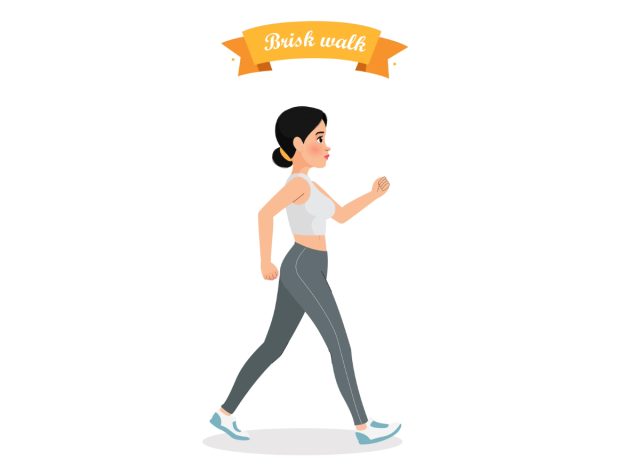
“Walking is a great exercise [for maintaining] cardiovascular health, but adding an incline, [such as] a hill or treadmill, will recruit more muscles, [like] your quads and hamstrings, and help you build leg strength,” Stonehouse explains.
4. Romanian Deadlifts
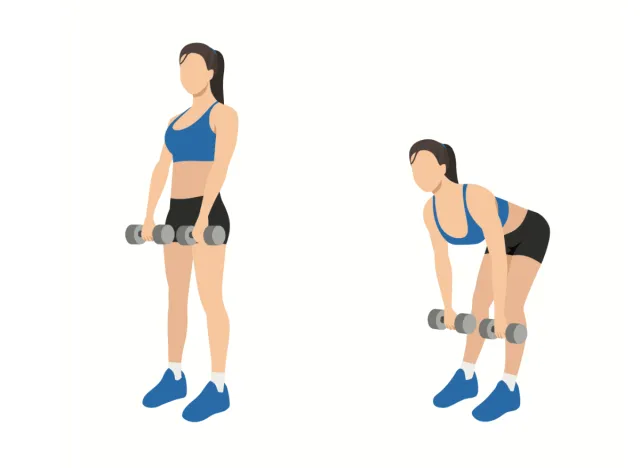
“Deadlifts are great for strengthening your posterior chain, which includes the hamstrings and glutes,” Stonehouse points out. “Deadlifts can help improve posture and fight that hunch that many people start to get when they age, and their bones become frail.”
- Start standing tall, holding a set of dumbbells or a barbell in front of your thighs.
- Hinge at the hips, keep your knees soft and back straight, and lower the weight to your shins or ankles.
- Squeeze your hamstrings and glutes, and return to the start position.
5. Stretching and Recovery
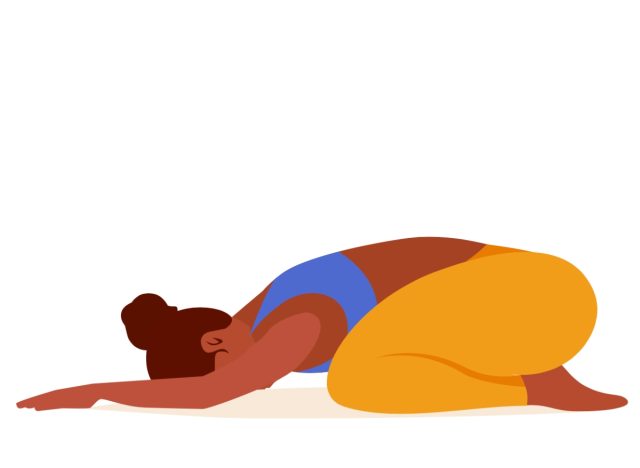
“Of course, with any form of strength training, you need to practice proper recovery, which can include stretching,” Stonehouse explains. “Stretching is so important to maintain mobility and flexibility as we age, especially in [your] hip and knee joints.”

